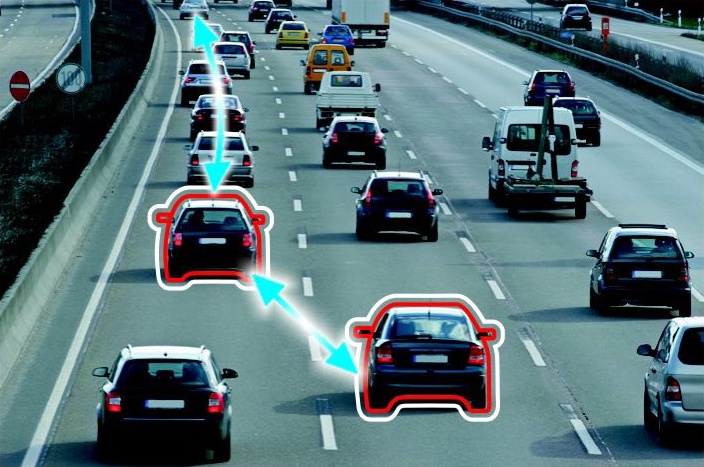Embedded Middleware in Mobility Applications
The EMMA project has an overarching goal of utilising new embedded middleware to support the underlying logic and communications required for future cooperating wireless objects and the applications they may support in the automotive and road transport domains.
This trend in the deployment of digital processing widely into the environment – what is variously called ambient intelligence, ubiquitous computing, the internet of things, or just ‘smart’ technology, goes well beyond transport and will impact on almost every aspect of our lives. Just as the World Wide Web was a one-time transition in the technology landscape, bringing information into a globally integrated system, so we are just at the start of another one-time transition, linking up things through embedded intelligence and communications.
In the case of EMMA, the things being automobiles and their constituent parts, and the infrastructure they utilise (both physical in the sense of roads and the ICT embedded in them for monitoring and control purposes). If we think more widely at present, most of the world’s computing power is already embedded invisibly into the things around us. The personal computers, music players and other gadgets are just the tip of the iceberg. They probably represent no more than 1% of the computing power we have deployed around us. A typical car today will have at least 20 microprocessors and a host of other electronics contributing to the general functionality required by a modern car as well as the ‘value added services’ which may be the USP (Unique Selling Point) of a particular vehicle – whether the application, be: better information on how the vehicle is running; safety applications; or infotainment in the vehicle to name but three.

The EMMA Approach
The EMMA project is committed to deliver a middleware platform and a development environment which facilitates the design and implementation of embedded software for cooperative sensing objects. The ultimate aim that the project will focus on delivering, is to hide the complexity of the underlying infrastructure whilst providing open interfaces to 3rd parties enabling the faster, cost-efficient development of new cooperative sensing applications. This end-product will be accompanied by a publicly available specification (PAS) that will help to facilitate its wider adoption.
In order to validate the EMMA middleware a set of lab tests on a number of wireless cooperative objects (wicos) will be performed. Furthermore the results will also be validated, in a second step, in the context of a number of applications: within an automotive subsystem, a car level and at a supra-car level (intelligent infrastructure).
Facts
| Name | Embedded Middleware in Mobility Applications |
|---|---|
| Acronym | EMMA |
| Duration | 04.01.2006 - 30.10.2008 |
| Funding | European Commission, FP6 |
| Contact | Daniel Minder |
| Website | http://www.emmaproject.eu |